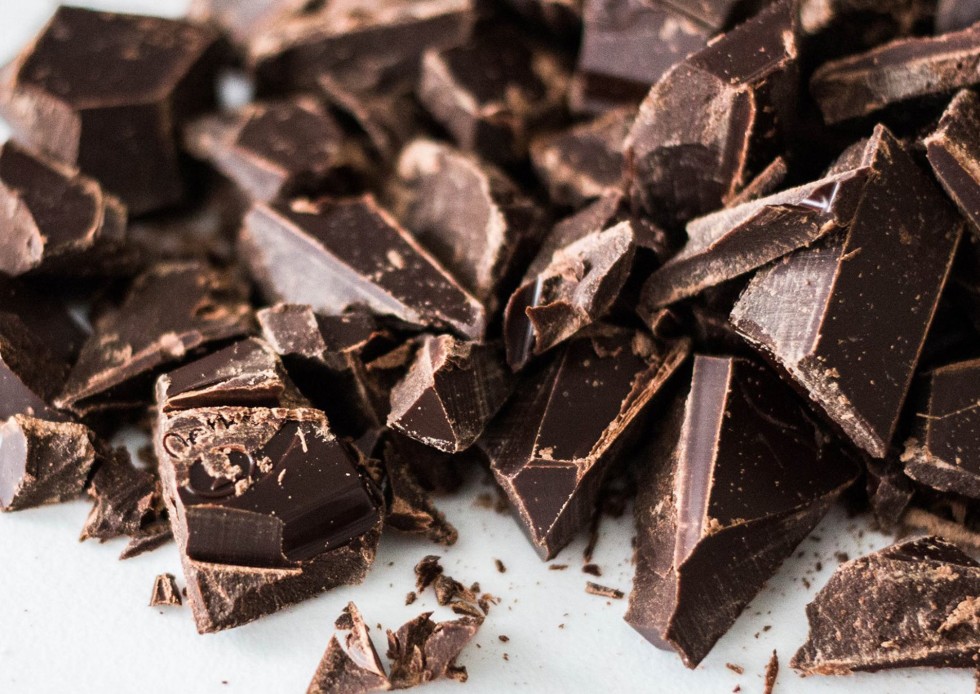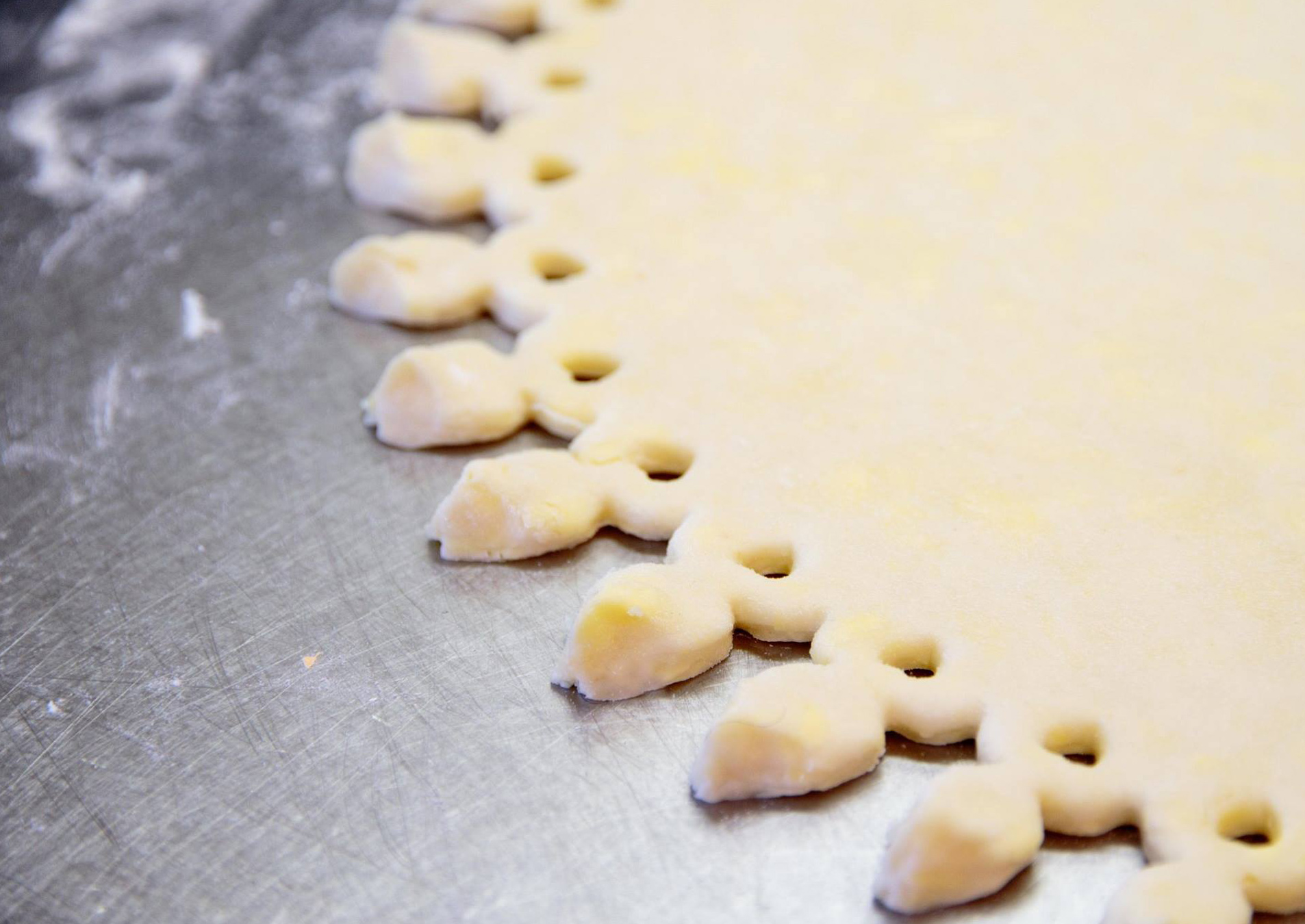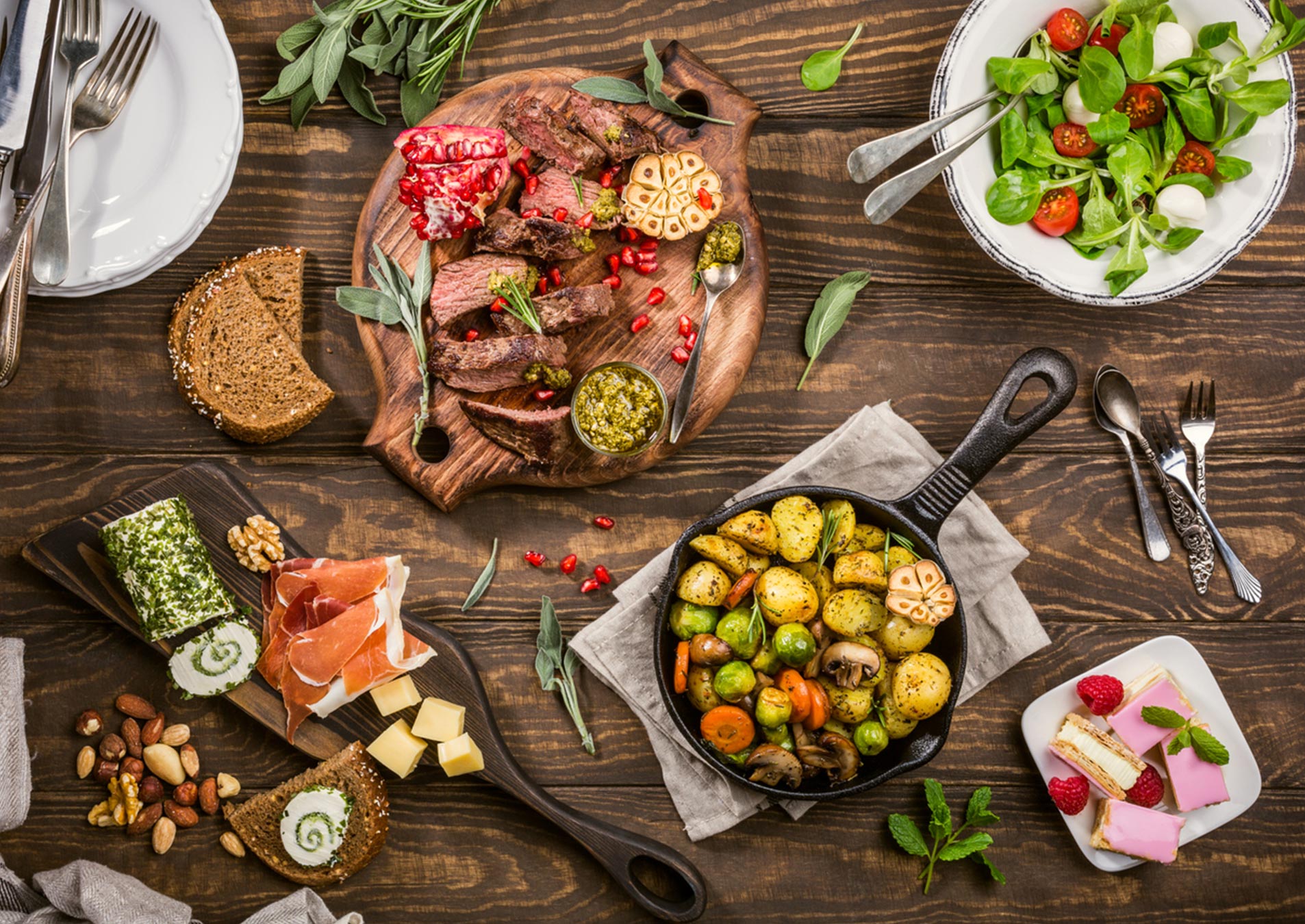
https://westgold.com/
Article content
"To get a smooth even finish and that lovely chocolate snap you need real chocolate."
Baking with chocolate can be tricky but a bit of information can help make it all a bit less daunting!
Lucky for us, we've had some help from the inspirational Kearin from Wellington Bakehouse who was happy to share some of her best tips with us.
Differences in Chocolate:
Firstly, lets chat about the different types of chocolate - yes there is a difference and it will noticeably change your baking! In the simplest terms:
- Dark Chocolate – is made from cocoa solids, cocoa butter, sugar
- Milk Chocolate is made from cocoa solids, cocoa butter, sugar plus milk
- White Chocolate – Doesn’t use cocoa, but is made from sugar, cocoa butter, milk, and vanilla.
There's also a difference between true chocolate and compound chocolate and it depending what you're using it for it can make a real difference - and not just in taste.
Real Chocolate
This is the kind of chocolate in the blocks that you eat and it's made with all (or mostly) cocoa butter as the fat. When you’re using this for coating things ideally you need to temper it; Tempering helps the fat crystals in the cocoa butter form the right shape so you can get the texture you need. To get a smooth even finish and that lovely chocolate snap you need real chocolate.
Compound Chocolate
Instead of using cocoa butter compound chocolate uses a different type of fat such as vegetable fat. Because of this it responds differently in baking because it melts differently and will have a different texture. It should say on the pack if it is compound chocolate and you most often find find it in the baking aisle or bulk bin chocolate chips. When you eat it as is, it doesn't melt nicely in the mouth so use real chocolate if you can.
Chocolate Chips
Chips, drops, bits and other shapes can contain emulsifiers to help them keep their shape when baked in things like chocolate chip cookies. Because of this they don't melt as easily in recipes that need the chocolate to be melted and mixed in. Check the pack to see if your chips or drops are pure chocolate so you know what you're getting.
Can I substitute different types of chocolate?
If you prefer the flavour of real chocolate, you can still break it up and use in your baking instead of chips but it may melt when baked and take a bit of time to set up again. You will sacrifice the shape and texture of the pieces, but on the flip side you will maximise flavour. If your recipe calls for melted chocolate use the best quality real chocolate you can.
Some recipes will specify a certain type or brand of chocolate. Where possible it’s best to follow this because different brands have different proportions of cocoa butter and cocoa solids that make up the cacao %. Take an 80% chocolate for example – the 80% is made up of cocoa butter or cocoa solids. If you take a Whittaker’s 80+% chocolate and a Lindt 80+% there will be a difference in the snap and melting speed. Lindt has more cocoa butter which can affect the texture of your bake so you do need to be careful as switching brands.
Differences in Cocoa:
Natural Cocoa Powder
Cocoa nibs are ground up into a paste (known as cocoa liquor). The cocoa liquor is separated out into cocoa butter and cocoa solids. The solids are ground into a fine powder giving you natural cocoa powder. Natural cocoa is slightly acidic and is can often be called for in a recipes raised with baking soda (which needs and acid to react).
Dutch process cocoa
Taking natural cocoa powder and processing it further (known as the dutching process) to remove the acidic taste of natural cocoa powder, you are left with a milder tasting cocoa powder, often used in baking. Dutch processing removes the acidity of the cocoa and deepens the chocolate flavour. Generally when a recipe calls for cocoa but doesn't specify what kind – it means dutch processed.
Black cocoa powder
By repeatedly using the dutching process cocoa will become darker and softer flavoured. Black cocoa powder is made this way and has a very dark, rich flavour with low acidity. (Its actually what’s used to make Oreos). The intensity of black cocoa can make food very rich so its recommended to use it in a combination with Dutch process cocoa. It is a great natural alternative to food colouring if you want to make a dark, almost black frosting or icing. Also keep in mind that the more the cocoa has been processed, the more liquid it will absorb.
You can buy black cocoa by the kilo from Equagold.

Getting the best texture in your chocolate cakes & brownies:
The more processed cocoa gets the more liquid it absorbs which can leave you with a dry texture. If you want to use black cocoa keep in mind that the alkalisation process has extracted the fat out so black cocoa can give drier bake, especially if you over bake it. To avoid this you can add a little extra butter (no more than a tablespoon) to get fat back in to make sure its stays moist & dense.
You can actually follow this logic no matter what kind of cocoa you use, if you want a nice fudgy result.
Why do some brownies have a shiny crackly top? This is sugar interacting with the chocolate so if you want a crispy, crackly top make sure the recipe has enough sugar. If a brownie recipe is low on sugar, you won’t get the crust but it's a trade off you may be willing to make!
If your recipe already has a lot of fat, like a butter cake you can try taking out a tablespoon or two of flour. Butter based cakes are more forgiving for substitutions. If you’re finding your sponge cakes are dry you may be baking them slightly too long. Because they have a low fat (butter) content, they can dry very quickly. So as soon as its done – take it out of oven straight away. Make sure you're starting to check for doneness before your recipe says baking time is up as all ovens vary.
Sometimes you can bake the perfect cake but it can steel feel dry in the mouth. This can happen with baking because a recipe is overly sweet and not balanced well. To fix this, try adding a teaspoon of vinegar or a squeeze of lemon. The acid can help balance the sweetness; it won’t be enough to taste but the sensation helps things taste moister. And don't forget the salt, even in sweet recipes - it will bring out the flavour of your ingredients and cut sweetness too.
For those chocolate cake lovers out here - you have to try this recipe from Kearin. It’s a Chocolate & Hazelnut Cake with a proper chocolatey, fudgy dense texture – and its Gluten Free!
Head over to Wellington Bakehouse for the recipe.

Images courtesy of Wellington Bakehouse


 Previous blog
Previous blog 


